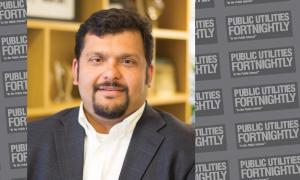Fairness Is In the Eye of the Beholder
Tanuj Deora is Executive Vice President & Chief Strategy Officer at the Smart Electric Power Alliance. He joined SEPA in January 2015 to lead SEPA's research, advisory, communications, and programs teams. His previous experience includes leading the Colorado Energy Office, developing wind energy projects in New England and the Rockies, and consulting in the McKinsey electric power practice.
Pay attention to the debates around electric power system reform, from net metering and rate design to new potential business models for utilities, and sooner or later, someone will begin to talk about fairness.

Enshrined as one of the essentials of good rate design in Bonbright's principles, fairness is a core concept for the provision of electric power through regulated utilities. However, it is also a highly subjective and slippery term, which is why people find it so hard to talk about in the first place.
From the perspective of electricity consumers, fairness questions surround the concept of cost causation. Is it fair that rooftop solar customers are offered net metering, allowing them to use the grid as a battery for free?
Is it fair that utilities offer energy efficiency and demand response programs to different customer classes and sub-classes with different levels of subsidization?
Is it fair that residential customers who live in high density housing pay the same volumetric rate as those located far from other people?
In practice, fairness is the first argument that we hear most. In the past it was presented by industrial consumers, but these days it's mostly from utilities on various customers' behalf.

